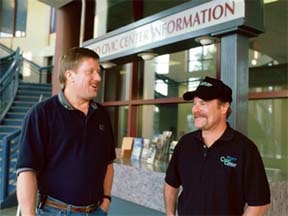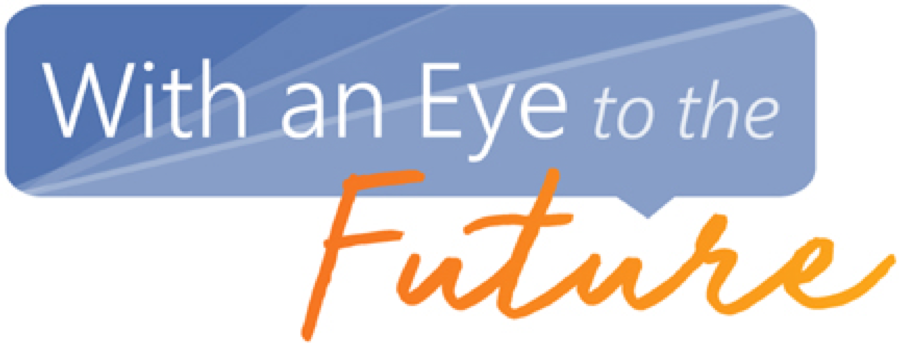2015: Vocational Rehabilitation Services Results
With the right training, preparation, and workplace accommodations, people with disabilities can have rewarding careers. Vocational Rehabilitation Services (VRS) is a program through the Minnesota Department of Employment and Economic Development (DEED) that provides job counseling, ongoing support, and job placement assistance for people with disabilities throughout the state. VRS helps people with disabilities prepare for, find and keep a job, and live as independently as possible.
Most of Minnesota's Vocational Rehabilitation Services Offices are located within a Minnesota WorkForce Center, which are found throughout the state.
https://mn.gov/deed/job-seekers/disabilities/find-vrs/
Training can consist of on-the-job training or more formal classroom education at community and technical colleges or public and private universities.

Successful employment outcome at Rochester Civic Center
It makes social, emotional, and financial sense for people with disabilities to be included in the workforce and the economy of Minnesota. For every $1.00 VRS spends on services, case management and administration, $8.90 goes back into Minnesota's economy through wages earned by VRS clients. The $8.90 has a broader impact on the economy, resulting in an additional $17.80 of economic activity.
According to the Minnesota State Rehabilitation Council 2015 Report, 17,979 people received services from VR in FFY 2015, down 480 people from 2014. Of those who received services, 5,430 were new participants.
- 35% of all VRS clients report a serious mental illness.
- 42% of those receiving service in 2015 were under the age of 24.
- At application, 34% of VRS clients were receiving Supplemental Security Income, Social Security Disability Insurance or a combination of both.
- This year, 3,104 VRS clients obtained employment, up 235 from 2014.
- Upon finding employment, the average wage was $342 a week compared to $33 a week when the clients had applied for services.
- Of those 3,104 clients in 2015, 72% found competitive employment.
- 27.5% of those people with disabilities who found employment in 2015 utilized ongoing supports, up from 25% in 2014 and 20% in 2013.
Statistics gathered from Five Year State Plan FFYs 2017-2021.

